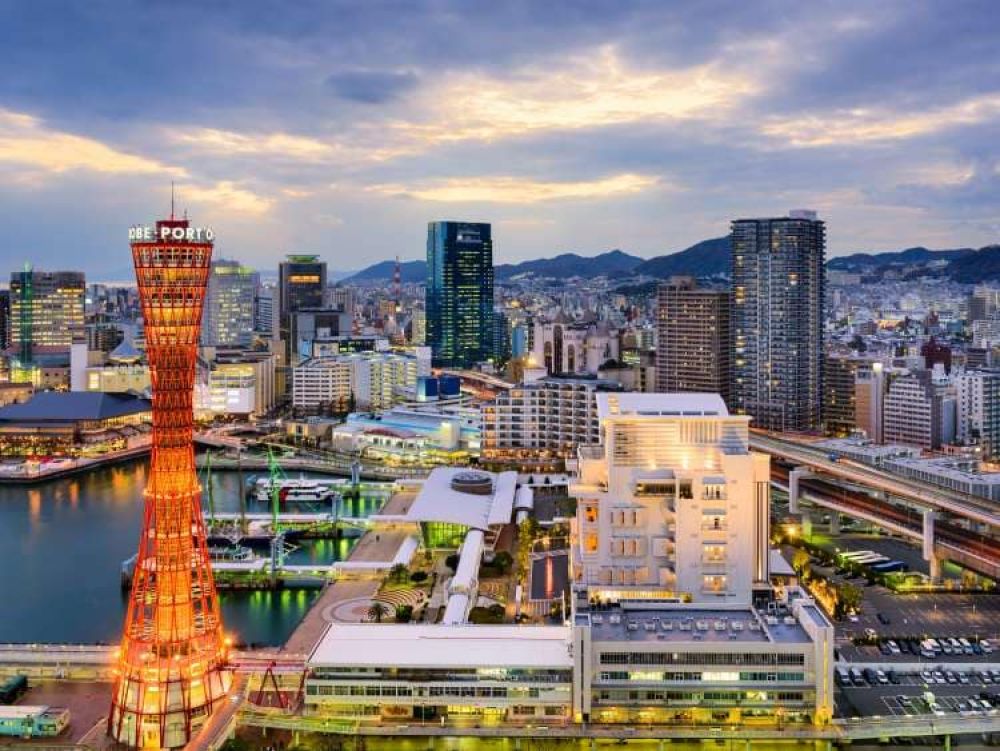

Nestled between the sea to the south and the Rokko Mountain range to the north, Kobe, Japan, is a city with a rich history and an international appeal. The history of tourism in Kobe is deeply tied to its port, one of the first to be opened to foreign trade in 1868 following Japan's period of national isolation. This strategic position attracted merchants, diplomats, and visitors from across the globe, which led to the growth of a cosmopolitan culture within the city.
The modern era of tourism in Kobe began in the late 19th and early 20th centuries when it was known for its Western-style houses and the diverse blend of cultures. This was a time when the charming district of Kazamidori no Yakata, with its iconic Weathercock House, became a symbol of the city's openness to foreign influences.
The Great Hanshin Earthquake of 1995 marked a turning point for Kobe. The city showed immense resilience and reconstructed itself, thus creating modern attractions alongside the historical sights. This narrative of rebirth and perseverance became a key factor in Kobe's tourist appeal.
Today, Kobe boasts sights such as the Meriken Park and Kobe Harborland, both prime examples of how the city has modernized while paying homage to its past. The Kobe Port Tower, with its stunning panoramic views, and the maritime museum add to the allure of the waterside area.
Food tourism plays a significant role in Kobe's appeal, with Kobe beef being an internationally renowned delicacy, attracting gourmands from near and far to experience its flavor first-hand in the city's restaurants.
Sustainability and eco-tourism have recently emerged as significant trends in Kobe. With an increasing number of travelers seeking responsible travel options, Kobe has developed initiatives to promote green tourism. This includes the conservation of Mount Rokko and its surrounding nature, which offers hiking trails and hot springs, as well as promoting local businesses and produce.
In keeping up with digital transformation, Kobe has also embraced technology, offering virtual tours and augmented reality experiences, especially relevant during the travel restrictions imposed by the COVID-19 pandemic.
Finally, experiential travel is also on the rise, with visitors seeking to immerse themselves in the cultural heritage of Kobe through traditional sake brewing tours, attending local festivals, or even engaging in workshops that showcase the city's rich artisan traditions.